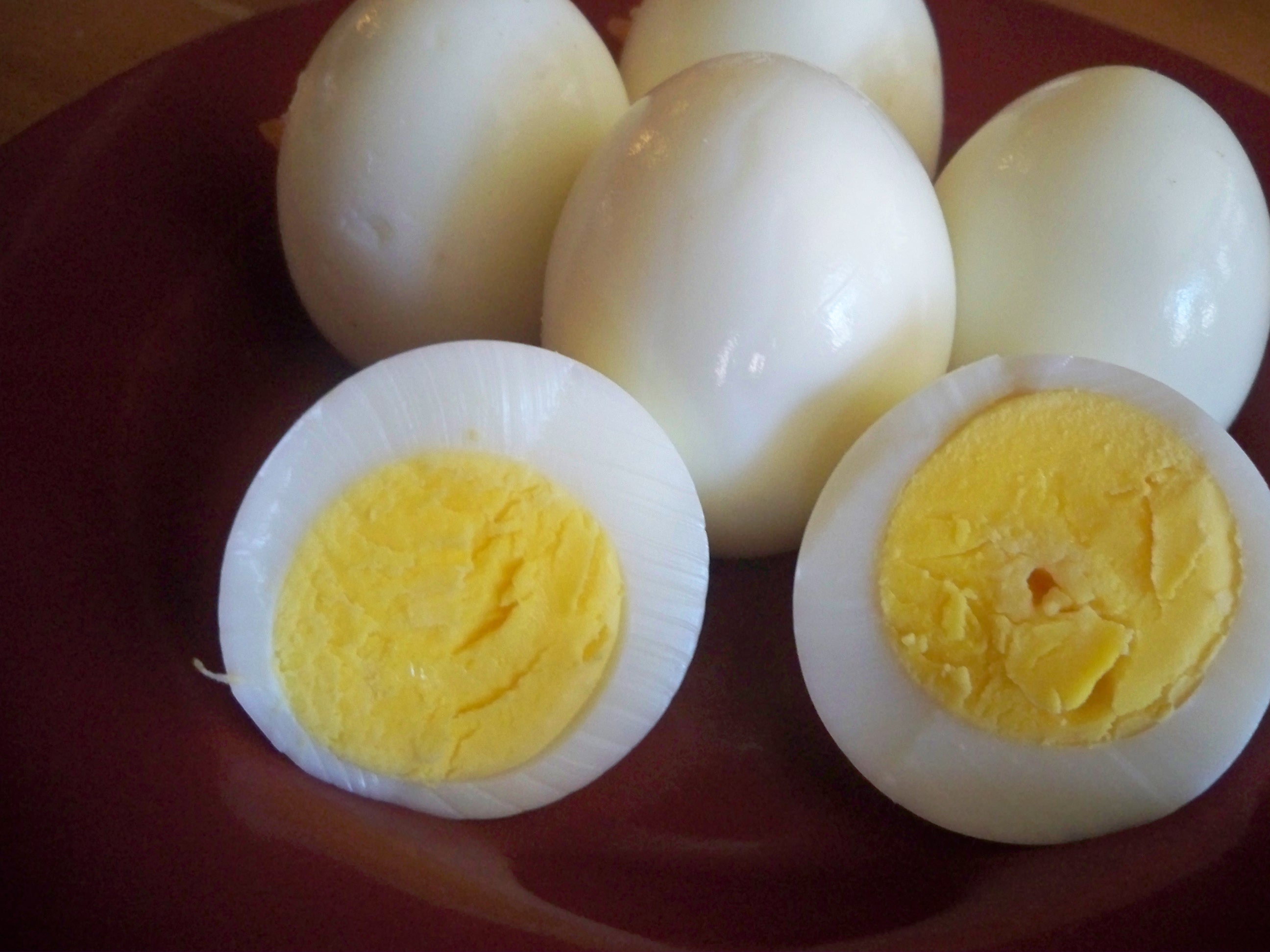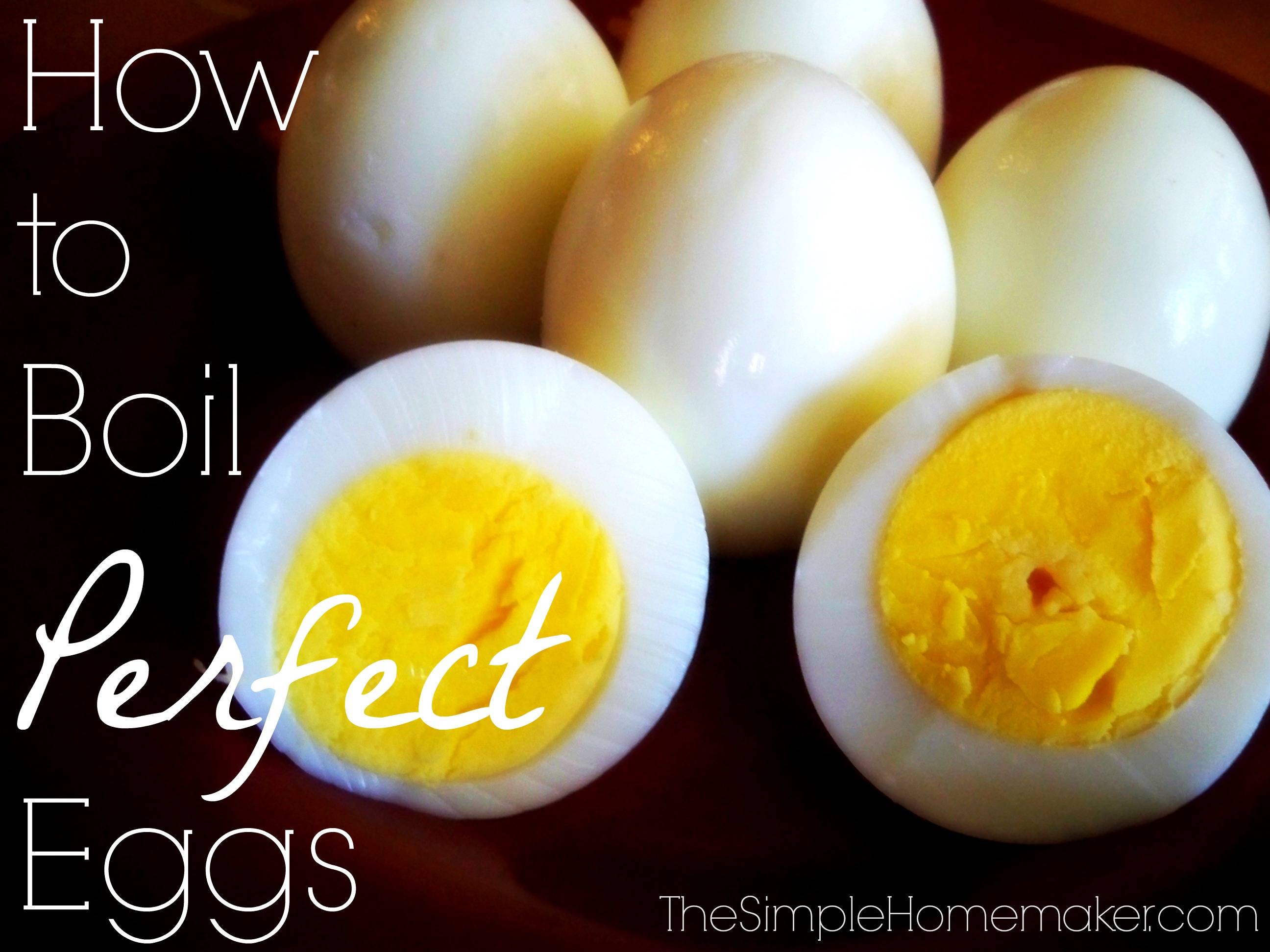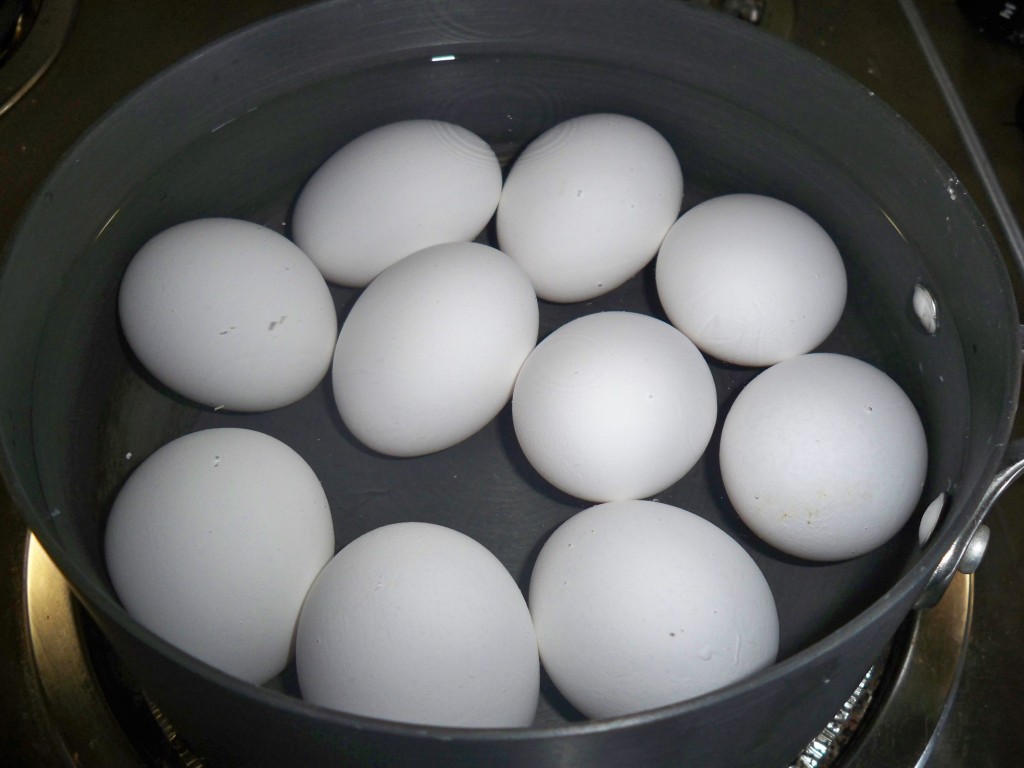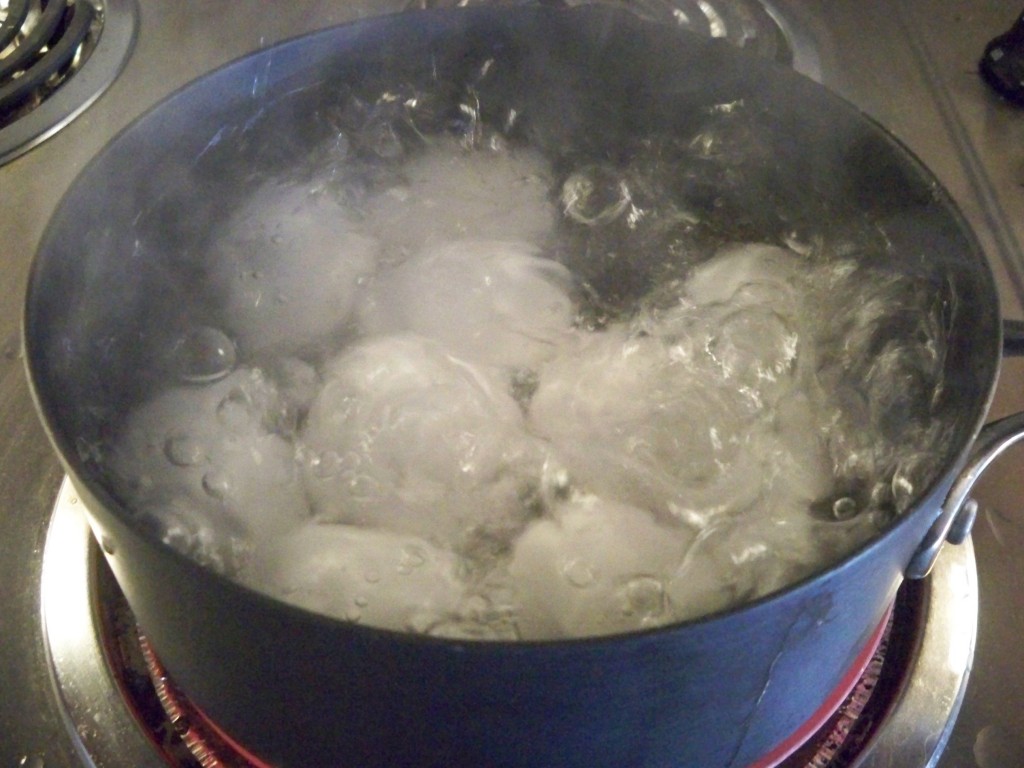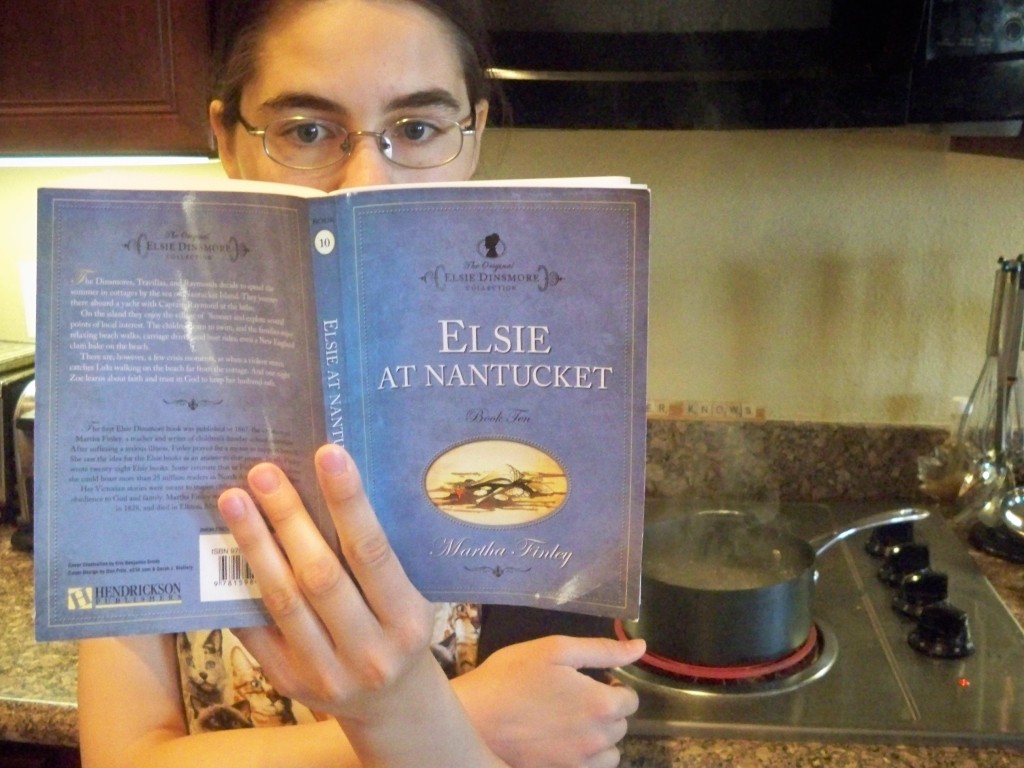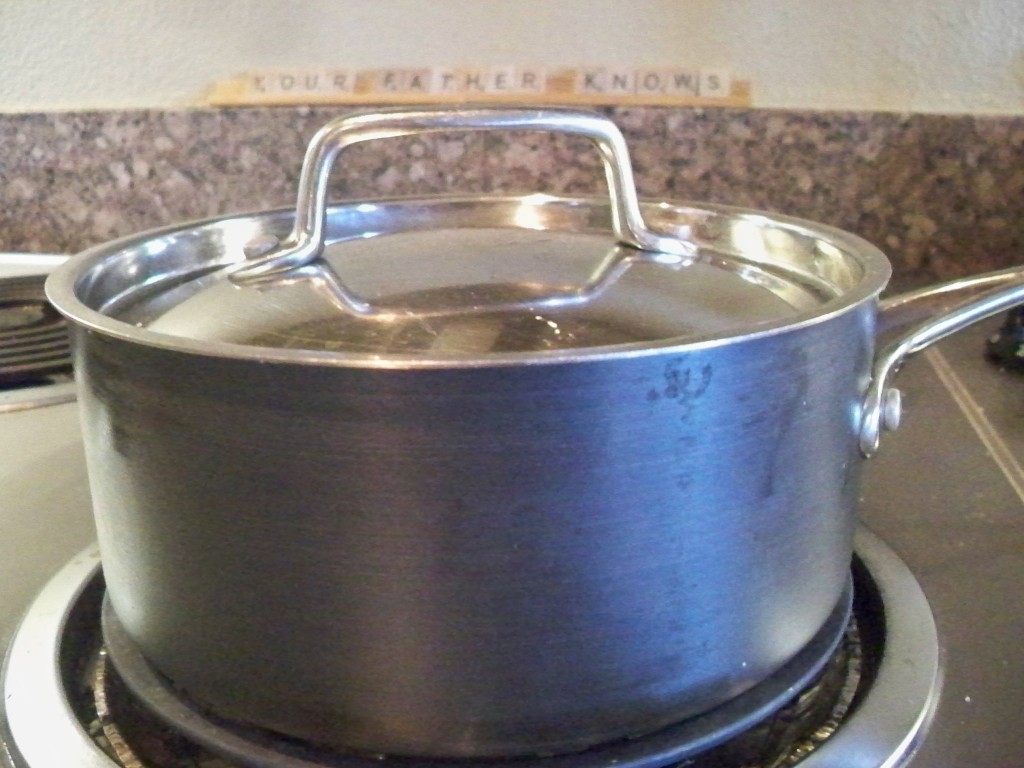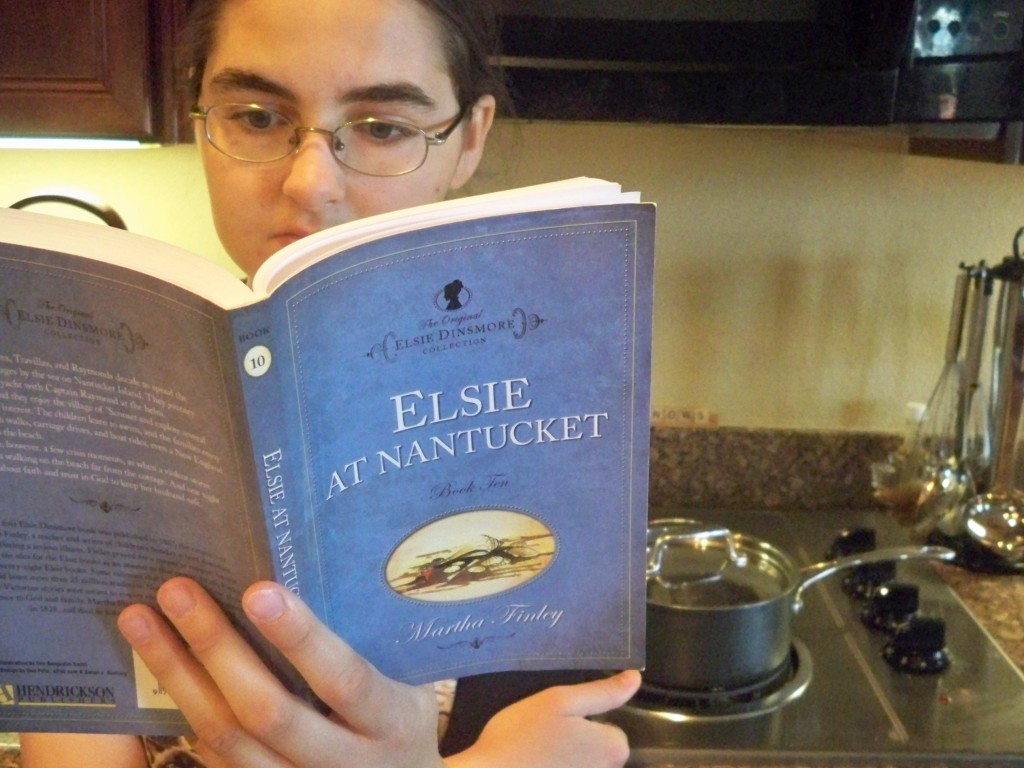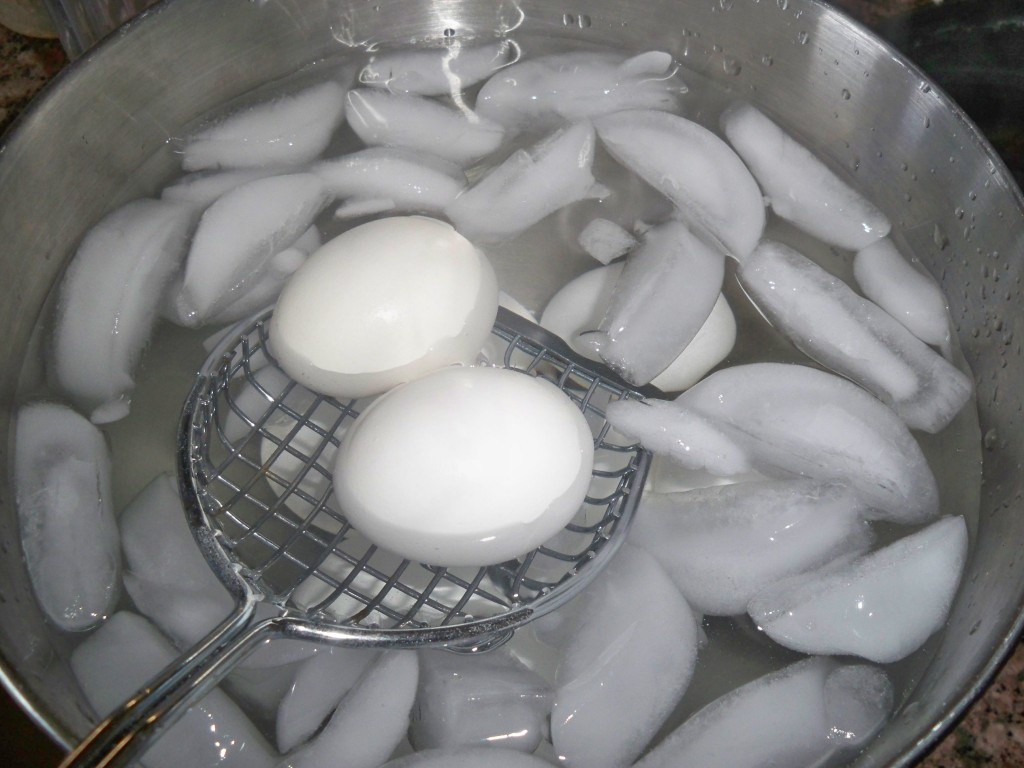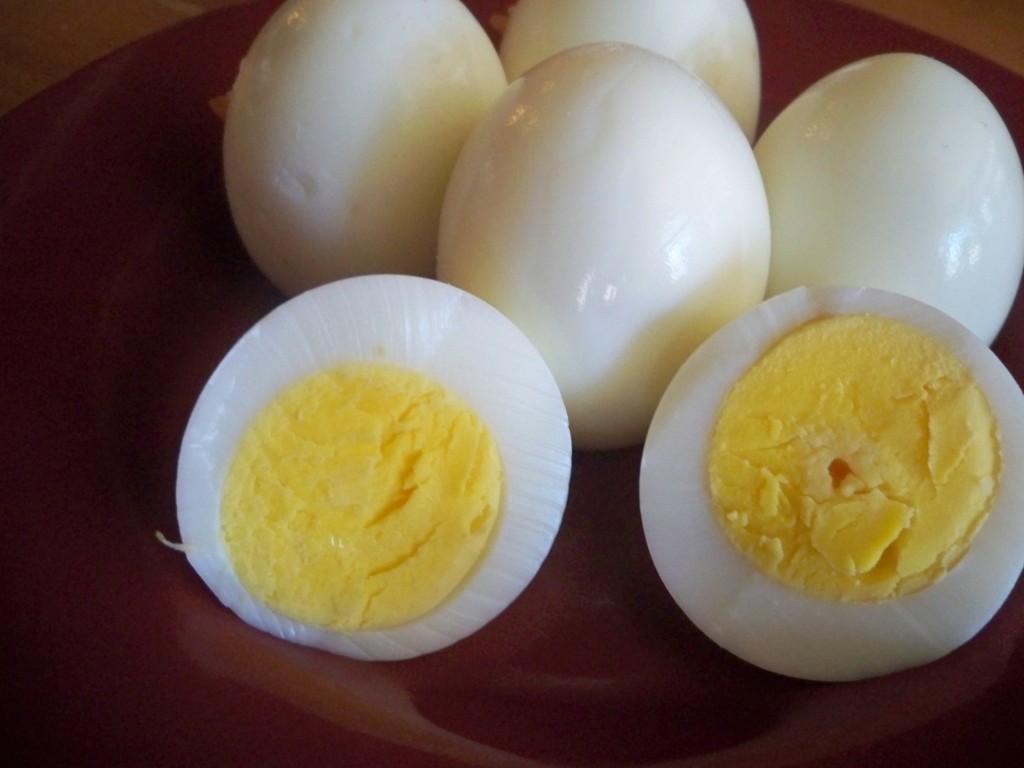There’s an email in my inbox with the subject line “Unfolding Your Wings.” It’s been sitting in there quite some time, unread.
I don’t want to read it. You see, sometimes I go through a tiny little phase where I don’t want anyone telling me to unfold my wings. That sounds like stepping outside of my comfort zone, which experience tells me is … uncomfortable. I want to stay here in my cozy kitchen in my cozy house in my cozy mountain valley. I even want to stay in my cozy pajamas! Sometimes I don’t want to unfold my wings and fly.
Because what if I crash.
I know a lot about crashing…but only because, despite my sniveling whiny attitude right now, I know a lot about unfolding my wings.
My family did a little wing unfolding last year.
We closed down our business of 13 years and packed seven homeschooled kids, a 125-pound dog, and two guitars into a 220 square-foot travel trailer and set out on the road for a trial year of running my husband’s traveling Christian music mission full-time. I guess we unfolded our wings.
Three of us wrote novels last year. I’ve been scratching at that itch for years, and I finally did it. That required a little wing stretching.
We weaned my Crohn’s daughter down to a low dose of her medication, and continued exploring and implementing dietary healing. Flap flap.
We transformed a new, colicky baby with food sensitivities into a healthy, happy, active delight through Mama’s food elimination, extended nursing, and lots of prayer. Lift off!

Now we face a new challenge. We are packing up our house for good and heading back out on the road, this time without a nest to fly back to. We leave on Saturday.
What if it doesn’t work? What if we can’t make it? What if my daughters relapse? What if we can’t manage to thrive in all our quirky uniqueness (let’s just call it charm) without a place to call home? What if…?
Because you know what? Sometimes, no matter how hard people try, no matter how hard we try, we crash.
And crashing hurts.
A lot.
But I don’t think crashing hurts as much as never trying.

This, this right here is the sole single thing that differentiates people who will fly (and yes, probably eventually crash) from the people who will stay in their cozy PJs in their cozy kitchens staring at an email they’re afraid to open.
My family, my husband and I, my children–we keep trying.
We get back up. We beat back the feeling of not wanting to ever venture again from our comfort zones. We close our ears to the critics who label us failures, tell us to get “real jobs,” or, strangely enough, call us quitters. And then we begin once again to unfold our wings.
What are you looking at in the months ahead?
Are you facing a home full of clutter or disorganization? Are you torn in too many directions? Are you overwhelmed by the apparently astronomical leaps it will require to improve your family’s health? Has your life become so complicated that uncomplicating it is too complicated? Are you struggling in the throes of young motherhood with no tangible help or encouragement?
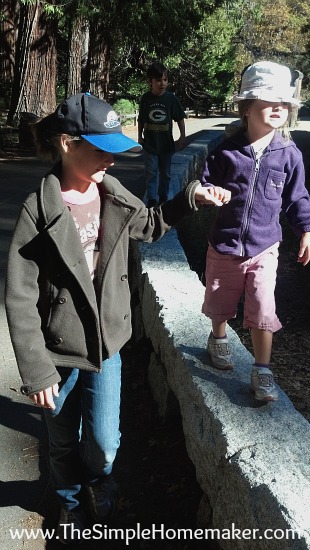
I’m going to be here gently nudging you outside of your comfort zone in the coming months. I’m going to be saying some things about your stuff and your commitments and your schedules that maybe you don’t want to hear…okay, that you totally don’t want to hear. I’m going to be that email that you don’t open, because you know that, even though it might take you to a better place, a less complicated place, a joyful place, it might require a little discomfort, a little unfolding of the wings, to get there.
You will crash and it will hurt and people who love you will say hurtful things because of it and you might even cry in public or get mad at me, and that’s fine, but then you have to pick the gravel out of your teeth, shake off the critics, push aside the self-doubt, and break through the walls of your comfort zone (or fear chamber) and unfold your wings all over again.

Whatever it is…whatever is holding you back and pushing you down…wherever you want to be a month from now, a year from now, a lifetime from now, I have one thing to say.
Unfold your wings and just keep trying.
That’s what I’m doing. Flap. Flap. Flap.

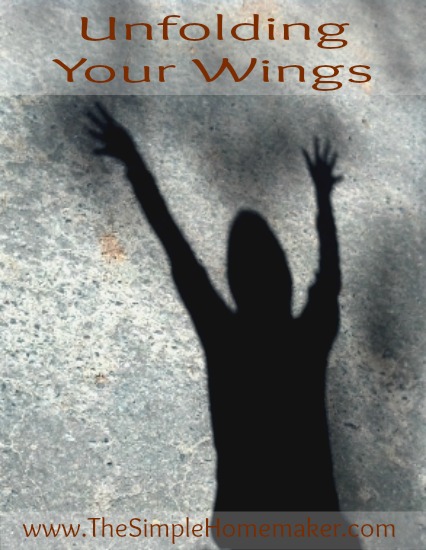




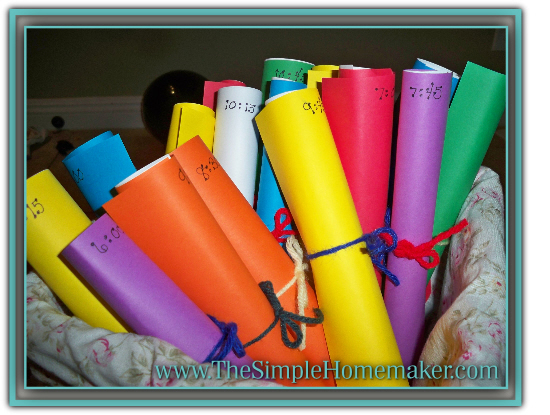





 You may feel like you are adding a lot of flour. We usually end up using six cups per loaf. You can always add more, but you can’t take it out, so don’t dump it all in at once.
You may feel like you are adding a lot of flour. We usually end up using six cups per loaf. You can always add more, but you can’t take it out, so don’t dump it all in at once.